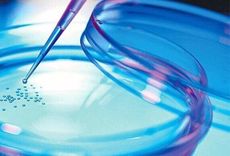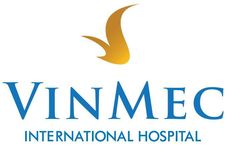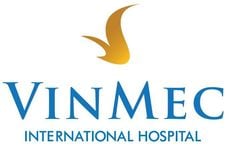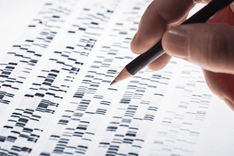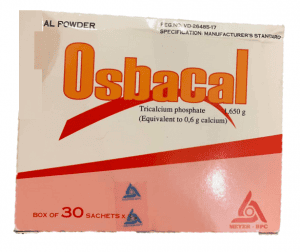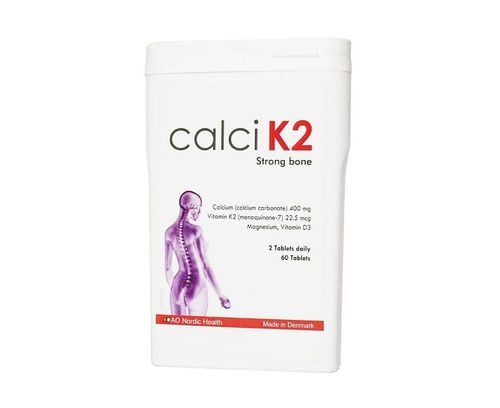Authors: Lan Le Thi Phuong MD, Van Nguyen Thi Cam MD, Trang Nguyen Thi Nhu, Tran Hue Tran (The ART Center, Vinmec Times City International Hospital, Hanoi, Vietnam), Hanh Truong Van, Ha Nguyen Vu, Lien Tran Kim, Lien Vu Thi.
INTRODUCTION
In spite of the success of intracytoplasmic sperm injection (ICSI), the total fertilization failure still occurs in 1 – 5% of all ICSI cycles. The combination of ICSI with artificial oocyte activation (ICSI - AOA) can restore fertilization.
A variety of artificial activating methods is used in human assisted reproduction treatment, including physical, mechanical or chemical stimuli, which provoke one or more calcium rises in the oocyte cytoplasm.
The most popular physical stimulus is electrical activation, which induces calcium influx via the formation of pores in the plasma membrane (Egashira et al., 2009).
Mechanical AOA in the human can be achieved by disrupting the plasma membrane and performing vigorous cytoplasmic aspiration during a modified ICSI procedure (Ebner et al., 2004).
Calcium ionophores, such as ionomycin or calcimycin (A23187), are the most commonly used chemical activating agent in human assisted reproduction (Nasr-Esfahani et al., 2010). An ionophore is a lipid-soluble molecule, usually synthesized by microorganisms, which transport ions across the lipid bilayer of the cell membrane. Calcium ionophores help to activate the oocyte by increasing the calcium permeability of the cell membrane, thereby allowing extracellular calcium to flow into the cell. Additionally, calcium is released from its intracellular stores, and it has been shown in Xenopus that ionomycin mainly acts on the same intracellular calcium stores as IP3).
Up to now, the specialization of AOA still varies between researches. The goal of this study is to investigate the effect of active and rescue AOA applications.
METHOD
The retrospective research was conducted on 945 oocytes from 119 patients who came to the ART center, Vinmec Times City International Hospital between 26/9/2016 and 15/9/2017. All patients consented to apply this technique after being explained carefully.
